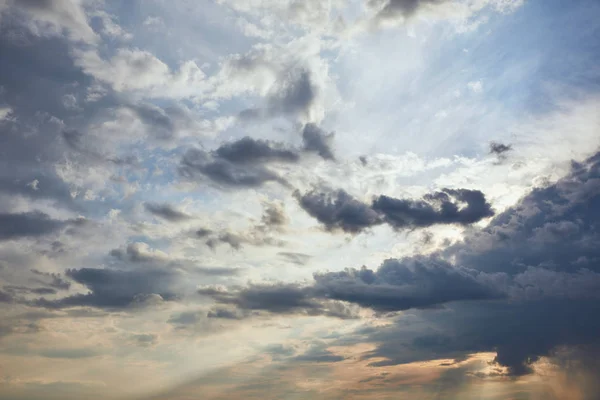
The belief that communities bounce back rapidly after a hurricane or heat wave is myth, not fact. New data show the destruction isn’t just in the downed power lines or submerged roads but in the decades-long economic tailspin, the health expense they subtly impose, and the widening of social inequities.
Researchers like Stanford’s Solomon Hsiang have been tracking thousands of heatwaves and storms to map their ripple effects. And what do they find? Extreme weather leaves fingerprints on everything from the GDP of a nation to suicides in a small town, and its impact can last 15 years or more. The good news: there are proven tools and smarter policies that can soften the blow if deployed early and equitably. Here’s a deep dive into the most compelling, evidence-based arguments of what really occurs after a catastrophe, and how concerted effort can change the course of events.
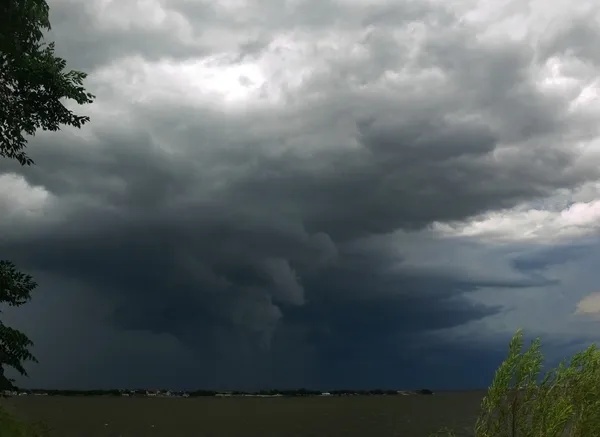
1. Storms Can Stop Economic Growth for 20 Years
Post-hurricane “creative destruction” cliche is overdone. Hsiang’s analysis of 6,712 tropical cyclones between 1950 and 2008 established that it takes 20 years for nations to regain their pre-storm growth rate. The average cyclone cuts per capita income 3.6% the equivalent of a currency crisis and the most severe storms cut incomes in half. Even unstormed days, heat drains: a weekday above 86°F costs a typical American county about $20 per capita in productivity. That’s a slow leak few local economies can handle.
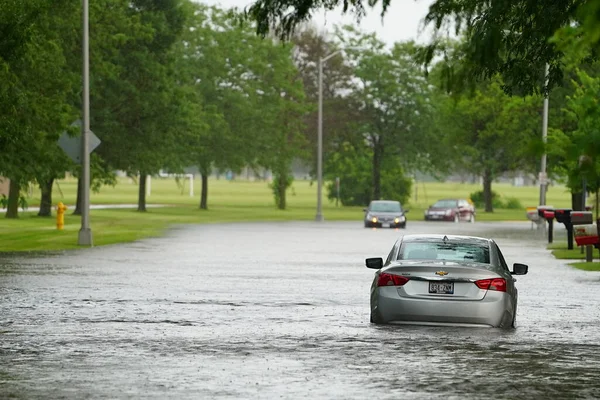
2. The Slow-Motion Death Toll Lasts for Decades
Direct fatalities from American hurricanes account for 24 lives, usually drowning in floodwaters. The long tail, however, kills much more. In 2024, a study by Rachel Young and Hsiang reported that death rates remain significant 15 years post-storm and cause 7,000–11,000 premature fatalities. Black communities and infants are disproportionately impacted. Heat has a dark history as well: A 2018 study linked higher-than-average temperatures with higher rates of suicide in the U.S. and Mexico and projected up to 40,000 additional suicides by 2050 if warming is not reduced.

3. Economic Burden Fuels Health Declines
Following the disaster, the path from home loss to poor health can go through the family’s bank account. Costly fixes drain retirement savings, closing off access to care and making individuals more vulnerable to chronic illness. Scientists are attempting to learn if cash assistance for retirees or non-coatings on healthcare can extend years of life. As Hsiang indicates, “Once we have a pretty clear picture of what’s going on, then you can do a big experiment” to know if interventions work.

4. Medium-Sized Disasters Can Hit Credit Harder
Not all disasters are equal when it comes to economic effects. Analysis of FEMA records and credit bureau reports shows that medium-sized disasters, small enough not to trigger gigantic federal payments, can cause more credit score drops than major-label disasters. Scores declined as much as 22 points in affected ZIP codes during four years, as did delinquency in mortgages and debt collection. Low-pre-disaster credit holders and individuals of color were disproportionately harmed, amplifying pre-existing disparities.
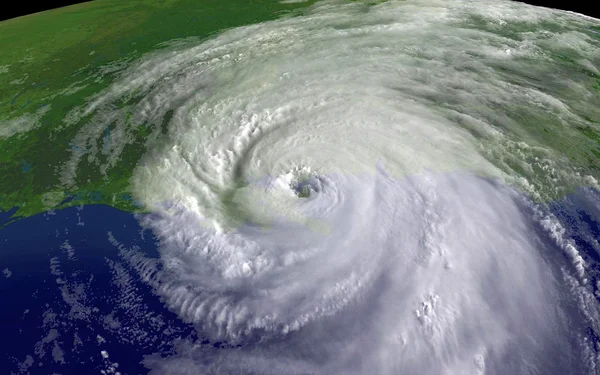
5. Older Adults Have Special Post-Disaster Risks
In Hurricane Katrina, 64% of the fatalities were over age 65. Older people are more susceptible to living in hazard-exposed, less resilient housing, having limited evacuation paths, and having disruption of Medicare-covered services. After Katrina, physician visits to Medicare Advantage patients in affected Louisiana parishes fell by 57%, whereas ER visits and hospital admissions rose. Disasters should be prepared for with Medicare-specific provisions to maintain continuity of access to physical and mental health care among the elderly.
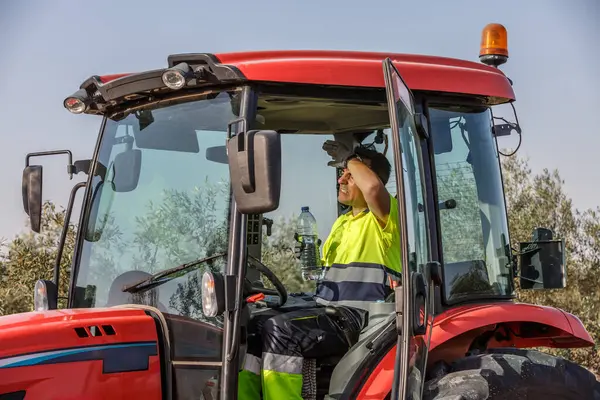
6. Heat Stress Plagues Non-Agricultural Industries Severe
A 1°C boost in the hottest season in Caribbean-basin countries cut overall economic production by 2.5%, with the hardest hit being wholesale, retail, hotels, and services losses far larger than for agriculture. The culprit? Drops in labor productivity when wet bulb globe temperatures exceed 25°C. These ergonomic effects are often left out of climate cost models, so global economic dangers may be underestimated.

7. Public Relief Programs Work If Well-Designed
Studies confirm that U.S. Small Business Administration disaster loans reduce bankruptcies and create jobs. State-backed insurance, like California’s wildfire coverage, and the home buyout program by FEMA, can yield dividends later on. Infrastructure changes like power line undergrounding to prevent wildfire risk save costs in the long term. The secret is to expand them well while keeping them fair.

8. Forward-Looking, Equity-Driven Policy Is the Key
Current U.S. disaster law is largely reactive, responding only if and when the President declares an emergency. Government Accountability Office and Brookings experts recommend a shift to resilience-oriented strategies, centralized authority, and streamlined access to aid. Incorporating social vulnerability into FEMA’s cost-benefit analysis so that projects in low-property-value but high-hazard zones qualify would prevent disasters from reinforcing inequality.

Severe weather isn’t an onetime crisis; it’s a creeping destabiliser of economies, public health systems, and social justice. The evidence is unmistakable: recovery takes decades, not months, and the most vulnerable are left behind most often. But by investing specifically, designing policy more intelligently, and focusing on resilience rather than reaction, the spiral of loss can be interrupted. The question is whether to act before the next storm strikes.


